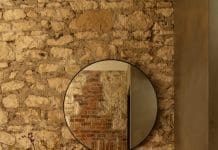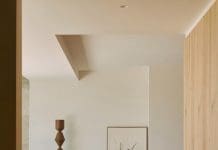Have you recently bought a house and looking to renovate? Or perhaps you’re about to build your dream home? Whether you’re just updating a room in your house or doing major works, there’s no denying it can get overwhelming to choose the right fixtures and finishes. Should everything match or can you mix up joinery or tapware throughout a home? We’re here to lend our interior design know-how to help you create a home you love that reflects your personal style
In this guide, we’ll explore key factors to consider when selecting fixtures and finishes for each room. We’ll share tips on balancing aesthetics with practicality, ensuring your choices not only look great but also stand the test of time.
Related article: Roofing materials in Australia, what’s best?
Related article: 1-0-1 guide to picking the right bath: Types and materials explained
1. Start with a style direction
Something Gina struggled with when building her house was loving too many fixtures and finishes. Once you start visiting showrooms and exploring online, you’ll find a world of choice. Handmade tiles from Morocco, stunning polished flooring colourways, aged brass tapware… when you simply go with what you love, you run the risk of creating a mismatched home where hero features compete against each other.
To avoid this problem, it’s best to start by defining your style direction. Is it coastal, contemporary, classic, or something else? Or perhaps instead of defined interior styles, you could think about how you want to feel in your space and create a vision board that embodies that aesthetic. By having a clear reference to guide you, all your fixtures and finishes will have natural cohesion.
Creating a mood board or Pinterest board can help you visualise the look and identify recurring patterns in your taste — be it matte black hardware, timber cabinetry, or terrazzo tiles. Once you’ve identified your style, use it to guide your choices across the entire home.
Tip: a cohesive home doesn’t mean everything needs to match exactly but it should complement and flow. For example, you can mix joinery using a different finish on kitchen cabinets than bathroom vanities but find finishes with similar undertones so there’s cohesion. Similarly, it’s common for people to pick a statement tap for their kitchen and more economical tapware in their butler’s pantry or laundry. Again, there should be some continuity of design, looking for similar shapes, styles or finishes.
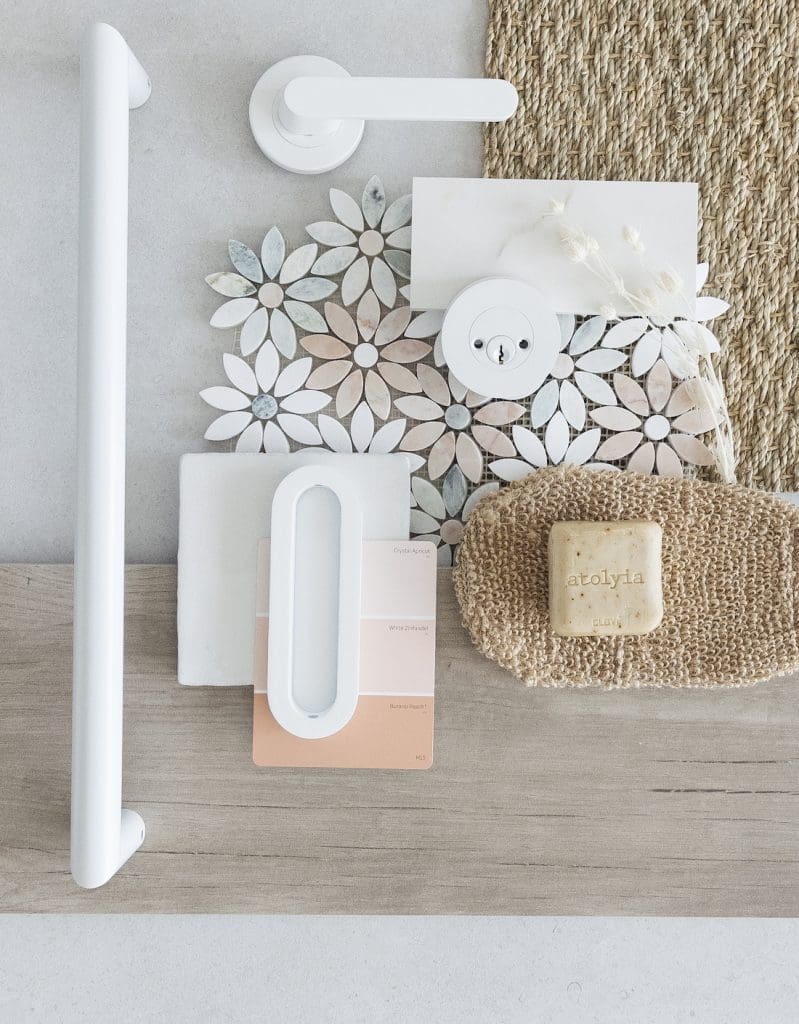
2. Function first, then form
As beautiful as a statement tile, tap or designer light fixture may be, it’s important to think about how it will be used day-to-day. Homes are for living and the last thing you want is to constantly worry about materials being damaged because they aren’t practical.
For family homes or those with indoor pets, flooring needs to be durable and easy to clean. Avoid tiles with a uniform pattern that will show every speck of dirt. A better tile choice would be a stone-look tile or terrazzo tile as busy patterns are more forgiving. Alternatively, luxury vinyl planks are affordable, hardwearing and can be replaced when damaged beyond repair. If budget permits, natural timber flooring is a timeless choice that can be refinished every few years as required.
Similarly, if you love to cook and entertain, a natural marble benchtop that can stain from red wine or lemon juice may not be the best choice… unless you’re happy to embrace the natural ageing and discolouration of stone. Porcelain benchtops are becoming more popular as they are incredibly dense, more affordable and manufacturing technology continues to improve.
If you have young children or elderly parents, you may place extra importance on materials that are safe, such as slip-resistant tiles.
Functional considerations when picking fixtures and finishes:
- In the kitchen, choose finishes that are easy to clean and durable. Think engineered stone or porcelain benchtops, electroplated tapware and anti-fingerprint cabinetry. Soft close drawers are also a must.
- In bathrooms, opt for porcelain tiles that don’t require maintenance like natural stone or encaustic tiles. Invest in quality joinery that can withstand moisture, and a hardwearing benchtop that won’t stain from makeup or dye. Adding a protective treatment to glass in your shower can save you hours of cleaning.
- In bedrooms, use soft, warm finishes and set mood using lighting and hardware.
- Outdoors, choose weather-resistant materials and fixtures specifically designed for outdoor use. Powder-coated aluminium, stainless steel and natural stone or composite decking are good options.
- For flooring, consider the traffic of each area. Timber may be perfect for living rooms, while tiles or hybrids could be better for wet zones.
Tip: don’t forget to factor in cleaning and maintenance. Some materials require special cleaners with a specific PH balance or low acidity formula, or maintenance like annual sealing and refinishing.
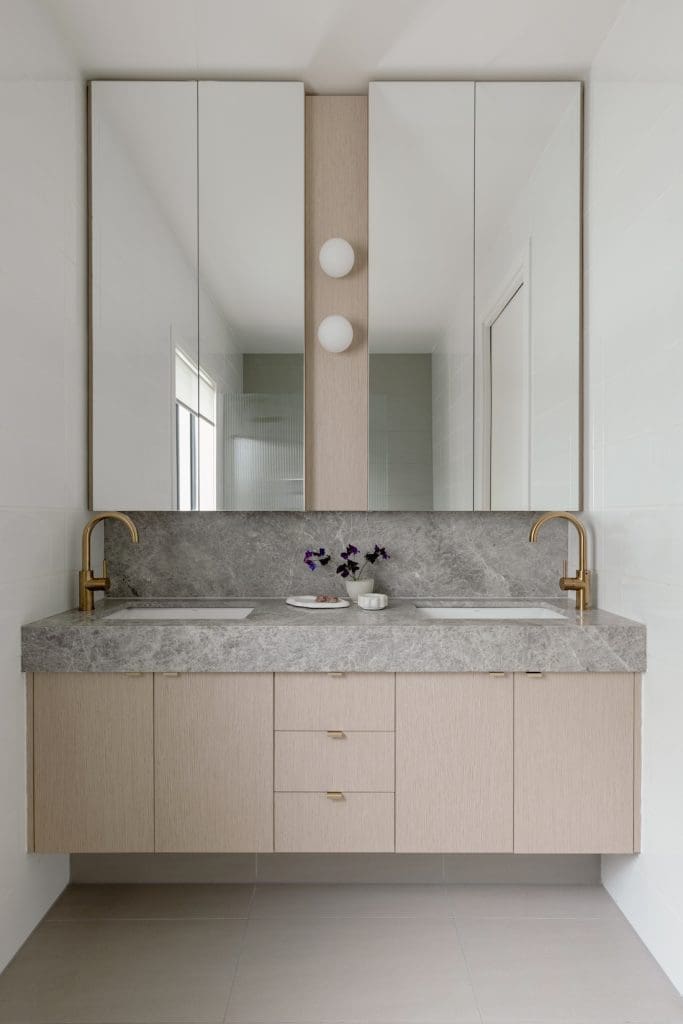
3. Mixing metals and materials
Gone are the days of sticking to one metal finish throughout your home. Mixed metals — when done right — add depth and interest.
You might choose brushed nickel tapware in your bathrooms, matte black in your laundry, and even an aged brass tap and cabinet handles in the kitchen. The trick is to repeat each finish at least twice in a space, so it looks intentional.
Generally we don’t suggest mixing metals in the one space, unless it’s paired with black or white. For example, a brushed nickel tap with matte black door pulls in the laundry, or brushed rose gold tapware in the bathroom with matte white towel rail and accessories.
Design tip: limit yourself to 2 metal finishes per room and avoid mixing cool (chrome or nickel) with warm (gold, copper, brass) metals in the one space.
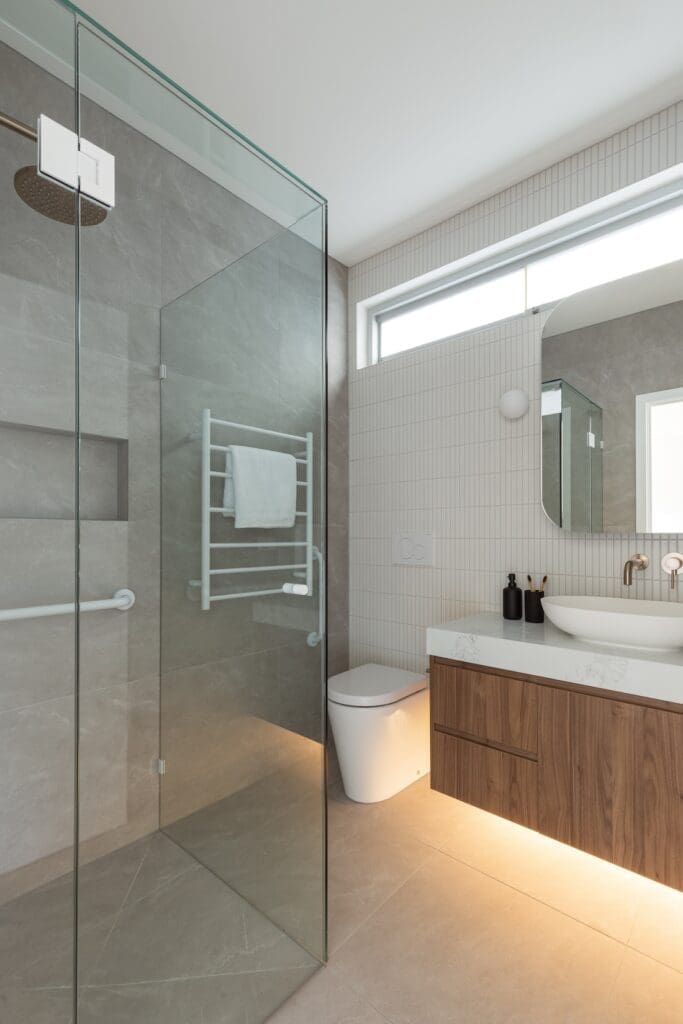
4. Lighting fixtures that make a statement
Lighting is one of the most transformative elements of a home. A mix of functional and decorative lighting — from wall sconces to pendant lights — can elevate a space instantly.
Match your lighting finish to your tapware or cabinetry hardware, or use it as a standout design element that adds character and drama.
Also consider the warmth of the light itself. Cooler white lighting might suit bathrooms or laundries, while warm lighting helps create a relaxed feel in living spaces.
5. Choosing windows and doors
These are often overlooked in early planning, but your windows and doors dramatically impact the look, feel, and energy efficiency of your home.
If you’re renovating a stucco-style house, it’s worth researching the best replacement windows for stucco house. These should suit the home’s architecture while offering insulation and durability.
Sliding doors, French doors, and stacker systems are also worth comparing based on the access and natural light you want to achieve.
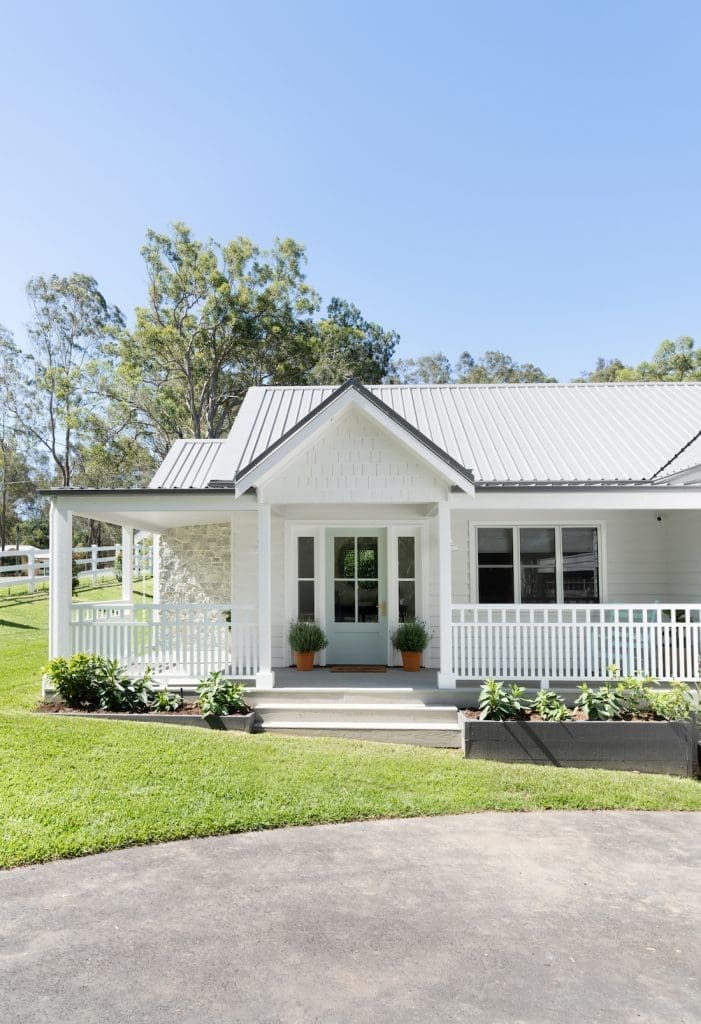
6. Budget wisely — splurge & save
If you’re anything like us, you’ll have champagne taste on a Passion Pop budget! The trick to coming within budget is to find areas where you can splurge and others where you can save.
As a general rule:
Splurge on: tapware, lighting, hardware, and surfaces that get a lot of use.
Save on: internal door hardware, plain cabinetry in secondary spaces, and decorative items that can be easily swapped out.
By creating a moodboard that we mentioned in the first tip, you’ll have a reference of the aesthetic you want to create and it will be easier to find products within budget. For example, if you have your heart set on natural travertine outdoor pavers but your budget won’t stretch that far, you could find travertine-look tiles in an external finish that achieves a very similar look for a fraction of the cost.
We hope this guide to choosing the right fixtures and finishes for your home helps you. Do you have any questions? Drop a comment below and we’ll get back to you asap.


